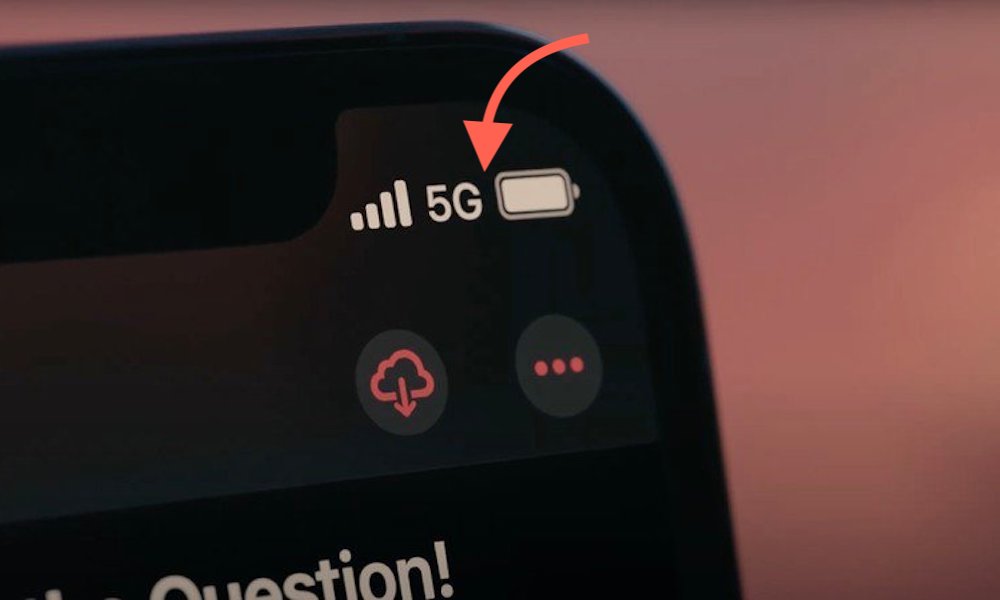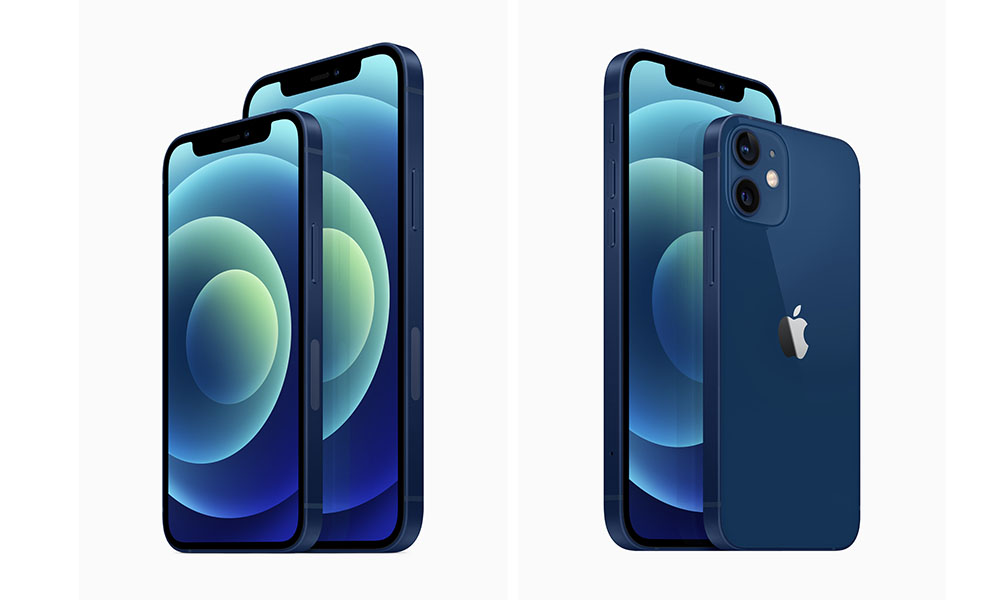Here’s How to Tell If Your iPhone 12 Supports mmWave 5G
 Credit: Apple
Credit: Apple
Toggle Dark Mode
By now you’re probably well aware that Apple took the wraps off its entire 5G iPhone 12 lineup this week, and while not all models are going to be available right away — the iPhone 12 mini and iPhone 12 Pro Max aren’t coming until November — the entire lineup will include higher-speed 5G capabilities.
In fact, Apple made a much bigger deal about the new 5G cellular capabilities during this week’s announcement than we’ve ever seen before from the company. When the iPhone 3G was released back in 2009, it barely registered, and the LTE capabilities for the iPhone 5 got a passing mention.
By contrast, for the iPhone 12 announcement, Apple went so far as to open the actual product unveiling’s with a preamble on the benefits and speeds offered by 5G, given by none other than the CEO of Verizon, Hans Vestberg, which undoubtedly partnered with Apple for the big event, since the carrier also used the opportunity to announce its nationwide sub-6GHz 5G rollout to more than 200 million customers across the U.S.
However, what Vestberg really touted of course was Verizon’s current super-fast mmWave network, which its now dubbed its “Ultra Wideband” network (not to be confused with Apple’s U1 ultra wideband chip, which is something entirely different).
To be clear, “Ultra Wideband” in Verizon terms is just the carrier’s branding for the high-frequency mmWave flavour of 5G, which it’s been focusing on rolling out in major urban areas for the past couple of years, taking the opposite approach to T-Mobile, which has focused exclusively on the longer-range but considerably slower sub-6GHz frequencies — specifically 600MHz — in building out its own nationwide 5G network.
During the event, Vestberg pointed out that under ideal conditions, users of the 5G iPhone models could expect download speeds of up to 4.0Gbps, and during the actual iPhone 12 product unveiling, Apple’s own VP of Wireless Software Technologies, Arun Mathias, pointed out that speeds of 1Gbps would be typical when using Verizon’s 5G mmWave network.
Those are some pretty staggering speeds, but of course the key will be knowing whether you’re actually going to be getting an mmWave-capable iPhone 12 in order to attain them.
The mmWave iPhone Models
The good news here is that it seems like Apple has actually made the process pretty straightforward by ensuring that all iPhone 12 models sold in the United States will be the mmWave versions.
While Verizon users will the ones most likely to be able to take advantage of mmWave speeds out of the gate, AT&T has also been turning on its existing mmWave network for consumers, having deployed it a couple of years ago for business use.
However, Apple doesn’t appear to be distinguishing between carriers in the U.S., so it seems that even an iPhone 12 purchased for use on T-Mobile will be capable of mmWave, even if customers have to wait to actually be able to use it.
As The Verge notes, there’s actually an easy way to tell if your iPhone 12 supports the faster mmWave frequencies, since those models will have an conspicuous groove on the right edge that won’t be present on the non-mmWave capable iPhones.
In fact, the groove can clearly be seen in the marketing pages on Apple’s website, and even in its press releases, where Apple has actually gone to the trouble of using different images in each country. For example, the photos in Apple’s U.S. Newsroom iPhone 12 announcement clearly show the mmWave antenna spot, whereas those in Apple’s Canadian announcement do not.
However, it looks like it will be pretty easy to make sure you’re getting an mmWave capable iPhone 12 — at least if you live in the U.S. that is. Since the mmWave versions are the only iPhone 12 models official being sold in the U.S., along as you buy your iPhone from Apple or any other reputable retailer or carrier you’re pretty much guaranteed to get the mmWave version.
If you want to be absolutely certain, however, you can not only look for the telltale notch, but also check the model number of the iPhone you’re purchasing; the mmWave versions are models A2172 (iPhone 12 mini), A2176 (iPhone 12), A2341 (iPhone 12 Pro), and A2342 (iPhone 12 Pro Max).
Unfortunately, this also means that iPhone buyers in other countries are out of luck. If you’re in Canada or the U.K. and hoping to be ready for mmWave when your carrier introduces it, you’re going to have to wait at least until next year’s iPhone 13. While a bit of cross-border shopping might net you an mmWave capable iPhone 12 model, there’s no guarantee that the it will use the same mmWave 5G bands as carriers in other countries; the U.S. models right now only support two of the four mmWave 5G bands that are available: n260 (39GHz) and n261 (28GHz).
‘5G UW’
While most iPhone 12 users will see the expected “5G” logo up in their status bar when they’re actually using a 5G network, it looks like Apple has cooked up another special logo just for Verizon customers to let them know when they’re on the higher-speed “Ultra Wideband” mmWave 5G.
The logo was shown off in a new Verizon ad featuring Chris Rock that was released to announce Verizon’s partnership with Apple in its 5G iPhone rollout.
While it’s not the first time that Apple has let a carrier cook up a custom network branding logo, this time it actually means something useful, unlike AT&T’s “5G E” nonsense from last year, which was used for its definitively-not-5G so called “Evolution” network.
In Verizon’s case, both the carrier and Apple clearly believe it’s advantageous for its customers to know when they’re using the much faster mmwave 5G network, although since mmWave coverage is fairly scarce right now, limited to major urban centers, there’s a good chance many Verizon users may find the “5G UW” logo to be a mythic creature that never actually appears.








